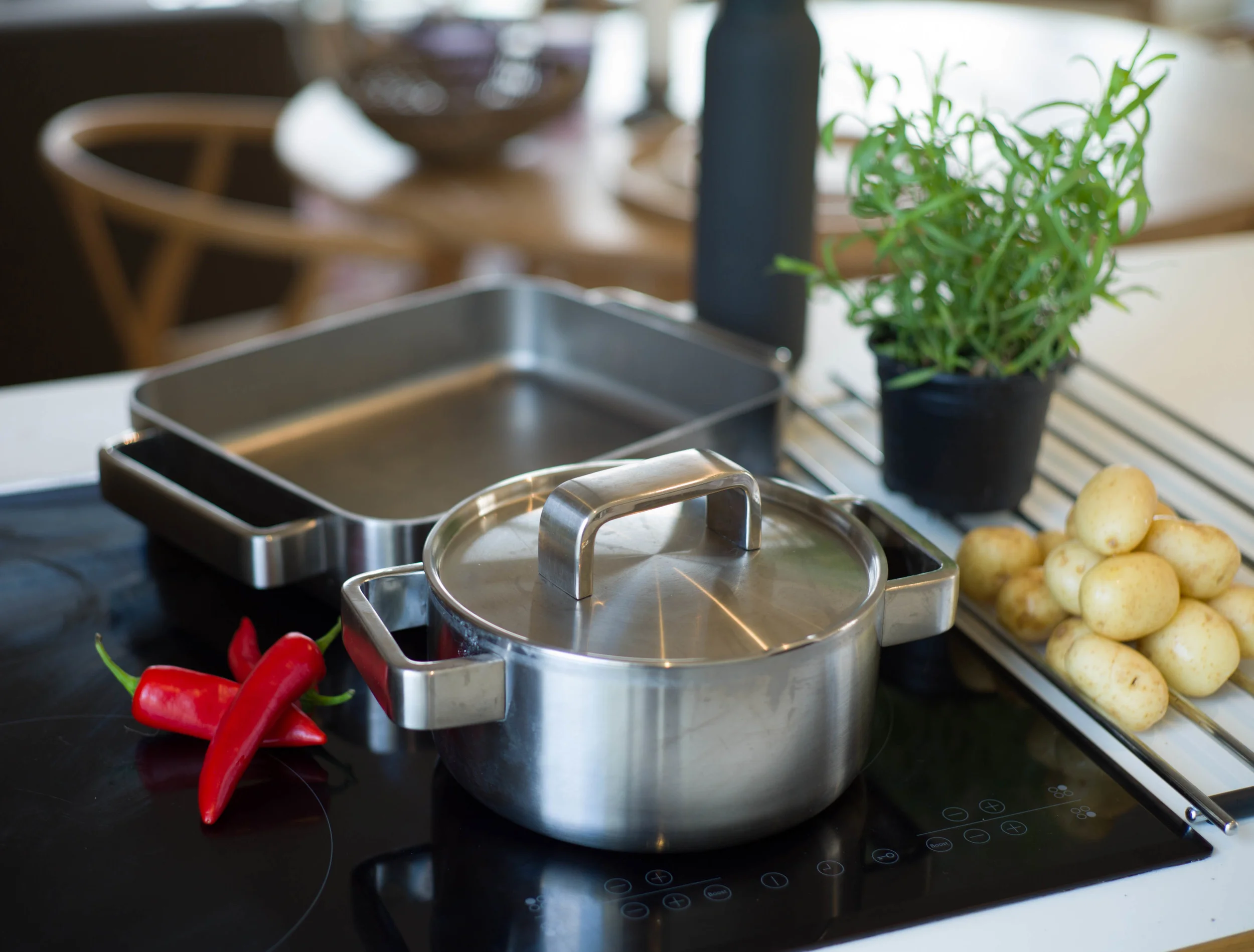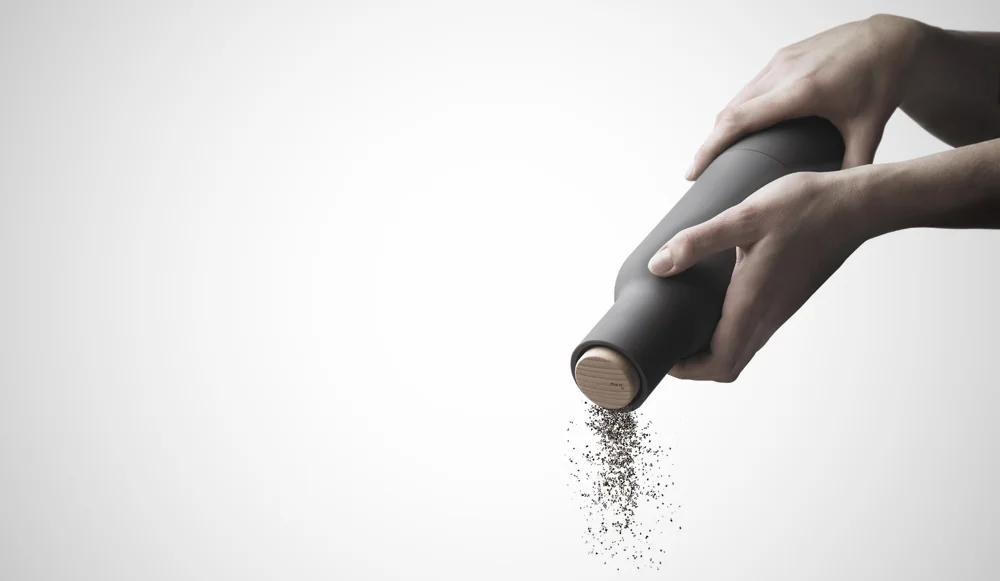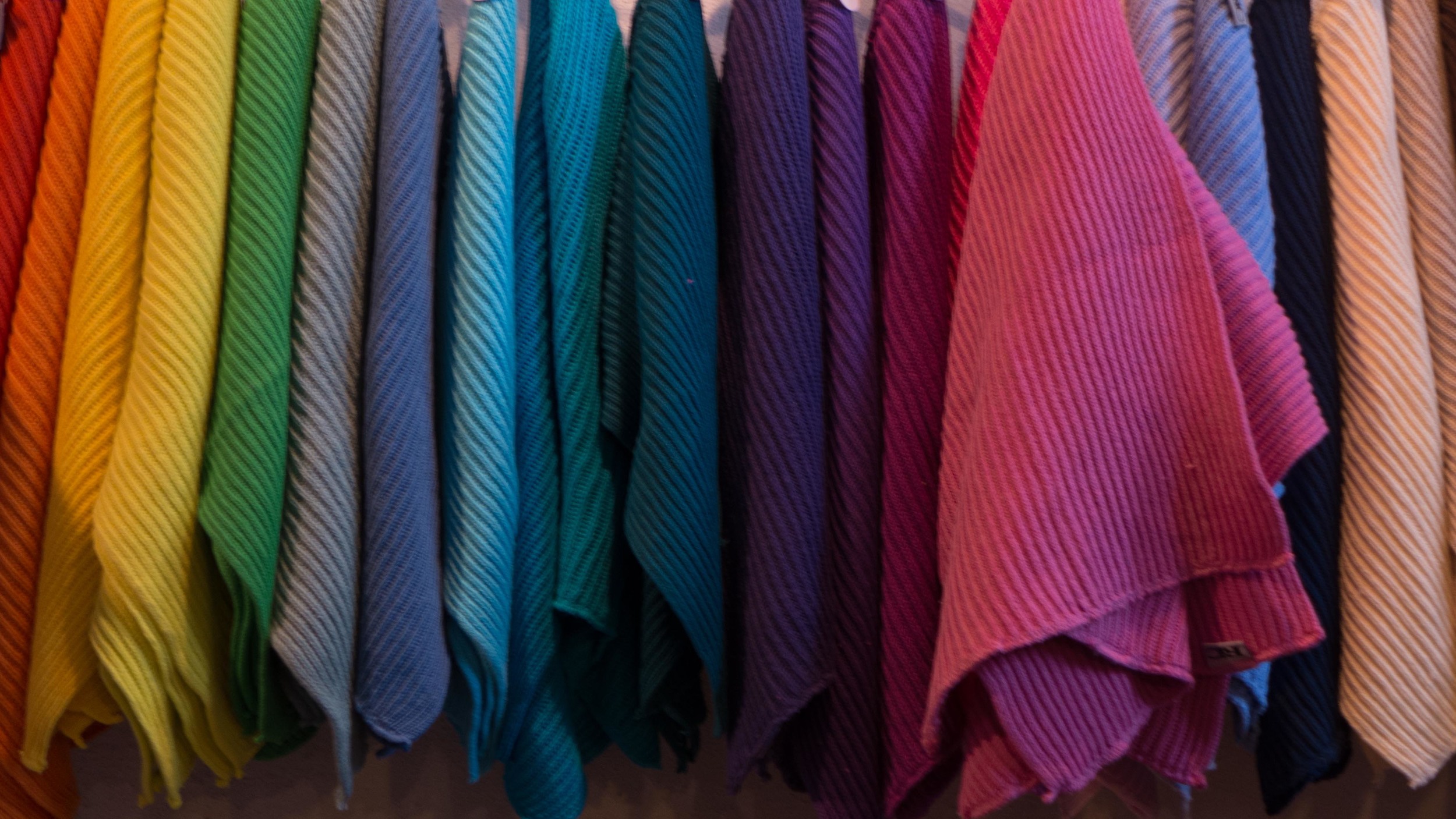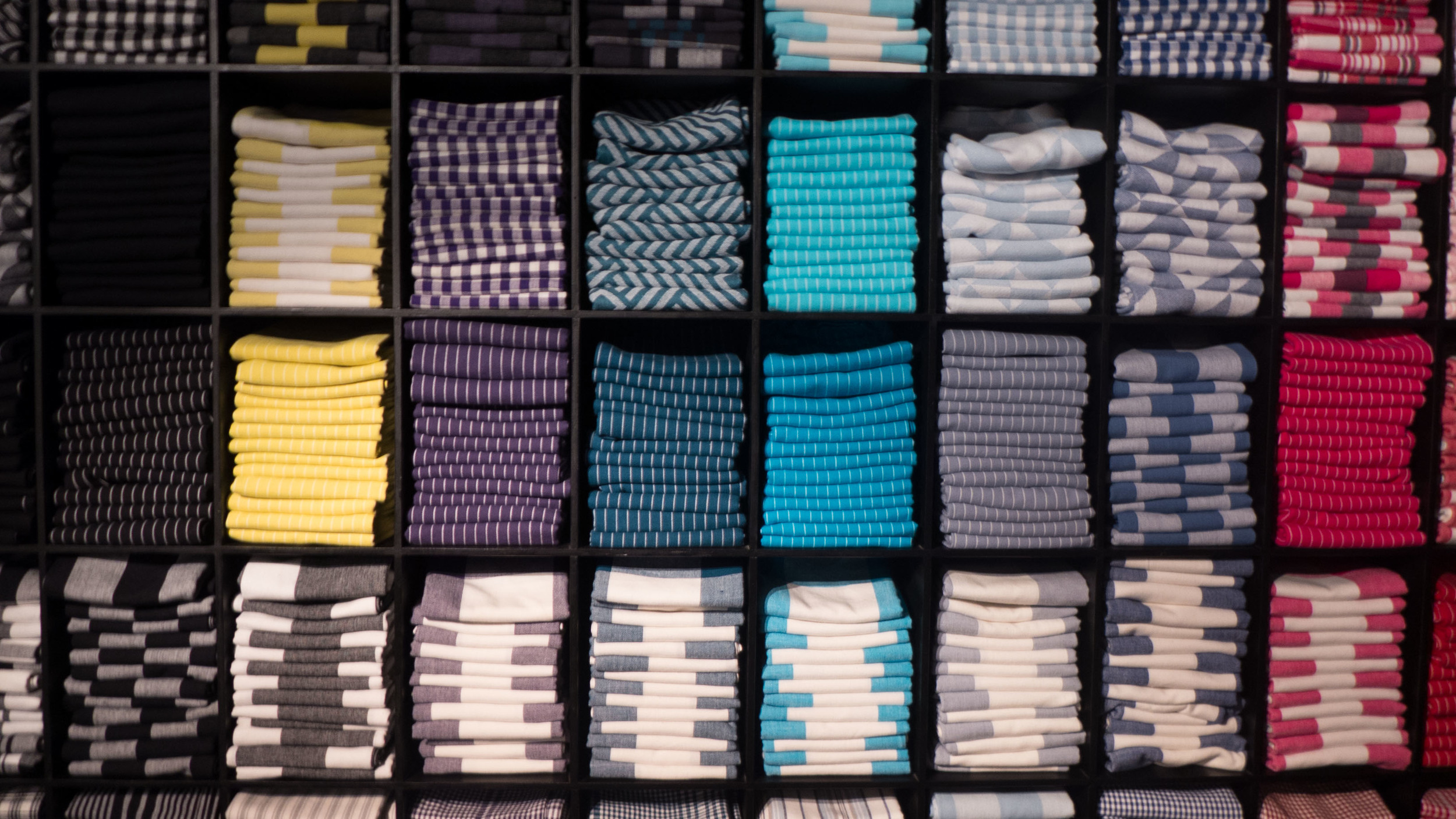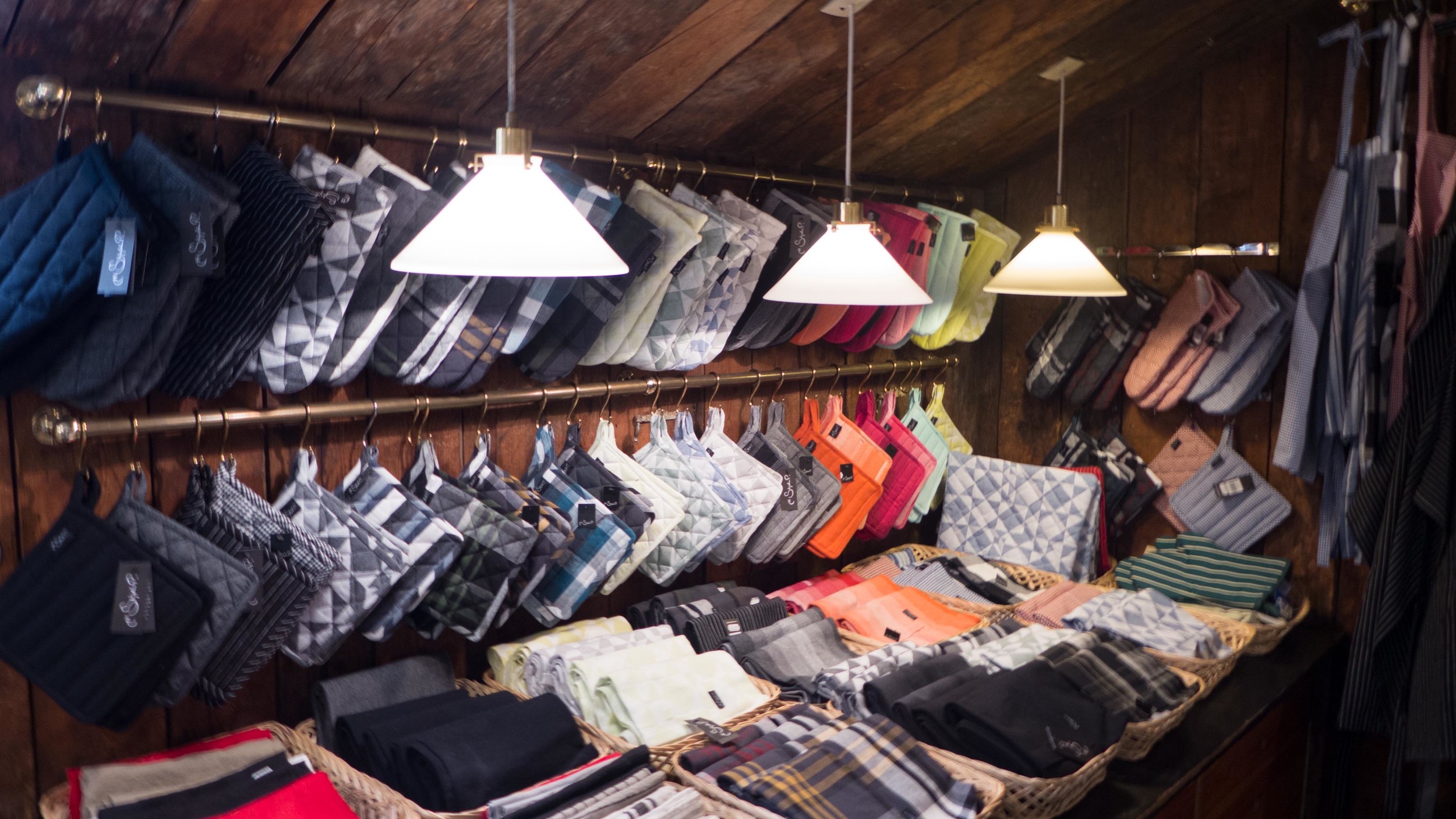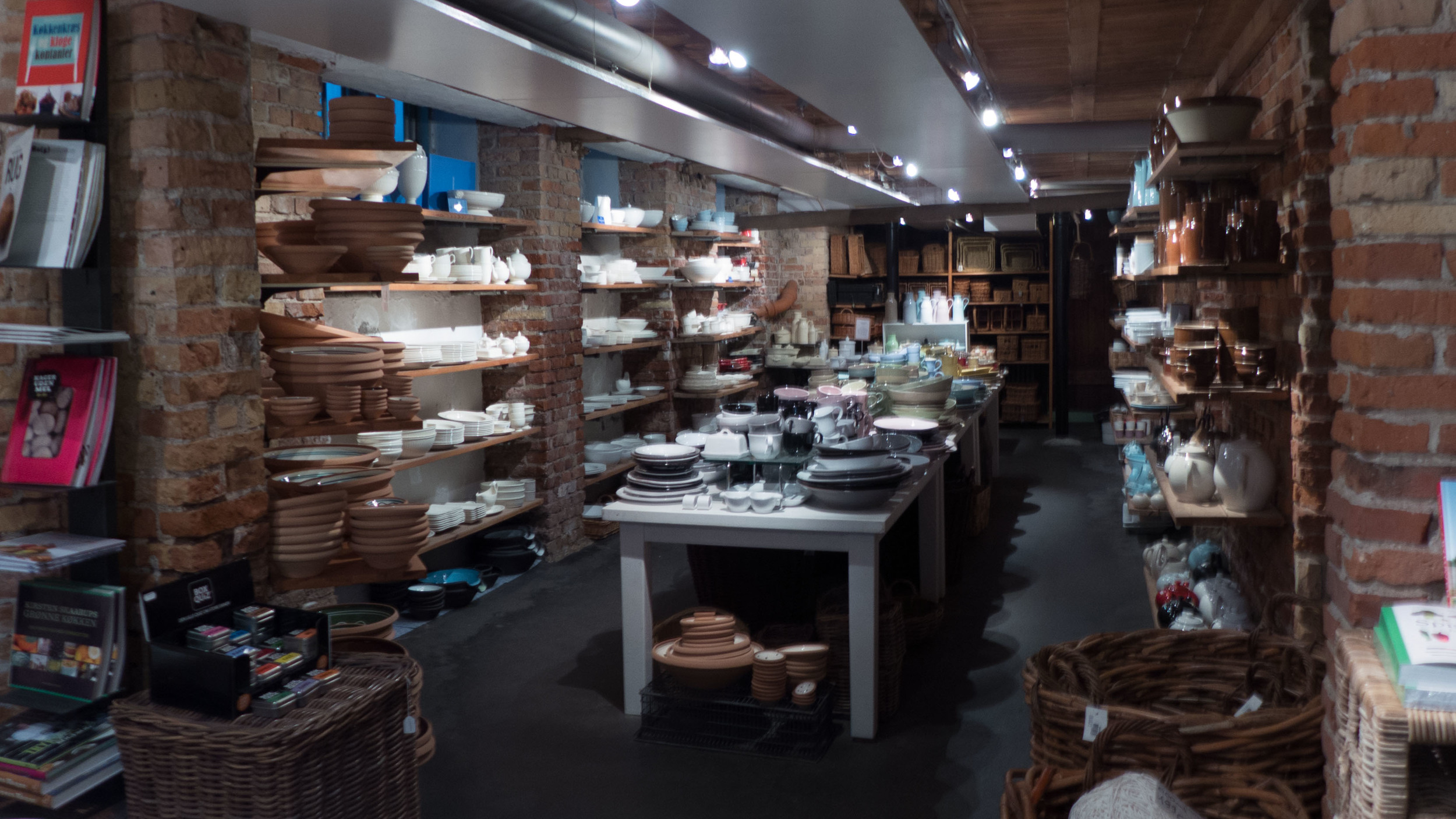cooking with Iittala
/The Tools range from Iittala, with roasting trays, saucepans and saute pans, was designed by the Swedish designer Björn Dahlström in 1998.
The material, described by Iittala as “compound technology”, is a sandwich with an inner core of aluminium, to give an even distribution of heat through the whole pan, but with outer layers of stainless steel for durability.
The pans can be used on all types of hob, including induction hobs, and can be used in the oven so the casserole can be used for browning and the initial stages of preparing a recipe and can then be transferred from the hob to the oven.
Robust, sensible handles means that lifting the pan is easy and the simple lines and rounded angles makes cleaning straightforward.
The roasting pans are fantastic for vegetables or meat and can be taken straight to the table for serving. The smaller pan (shown above) is 41cm by 36cm, including the handles, and is 6cm deep and there is a larger pan 37cm by 41cm, including the handles, which is again 6cm deep.
The larger pan somehow seems to look relatively small in the shop but rather larger on the work top in the kitchen so ... as a slight word of warning ... if you are taken by the larger pan then just check that your oven is wide enough to not only get the pan into the oven but that there is enough space to pick the hot pan up or pull it forward by the handles on either side when taking it out of the oven.
I apologise for the smears on the casserole in the photograph - this is my pan on my stove just before I started cooking - but it would appear that I am rather more skilled at taking photographs than I am at washing up ... but at least it shows that my review is very much from hands-on experience.
The 3 litre saucepan



